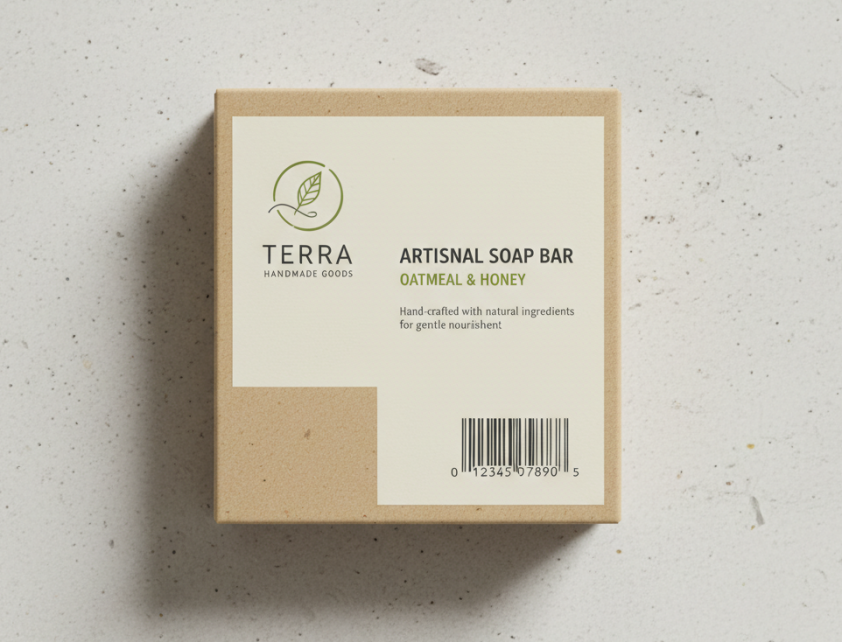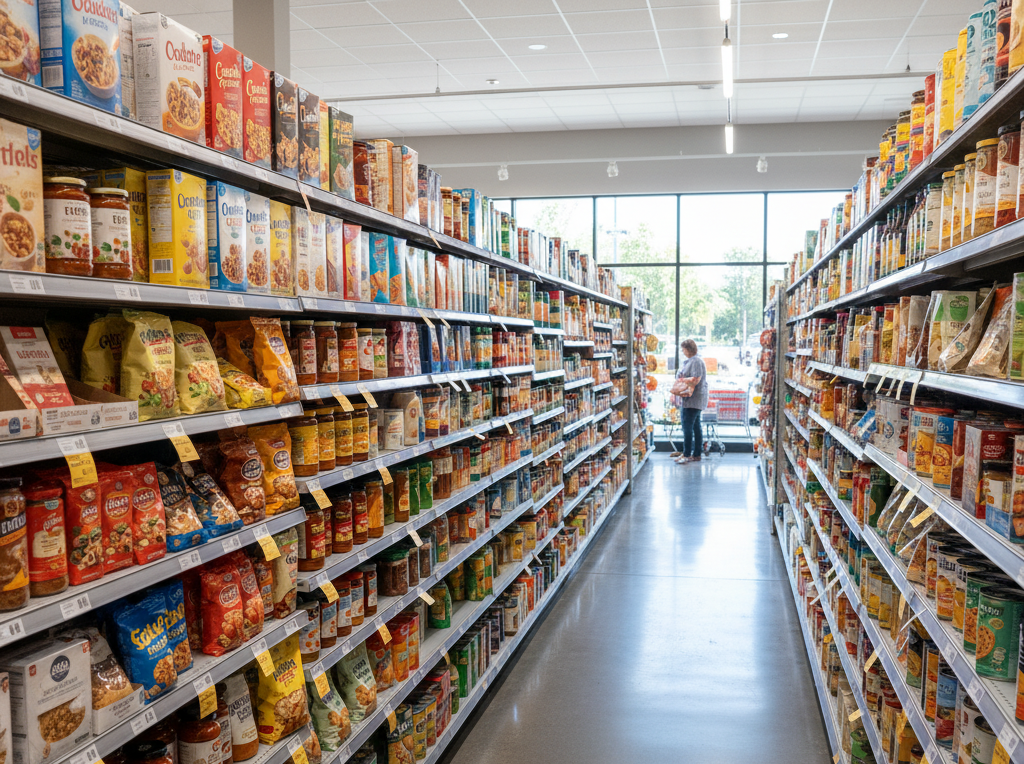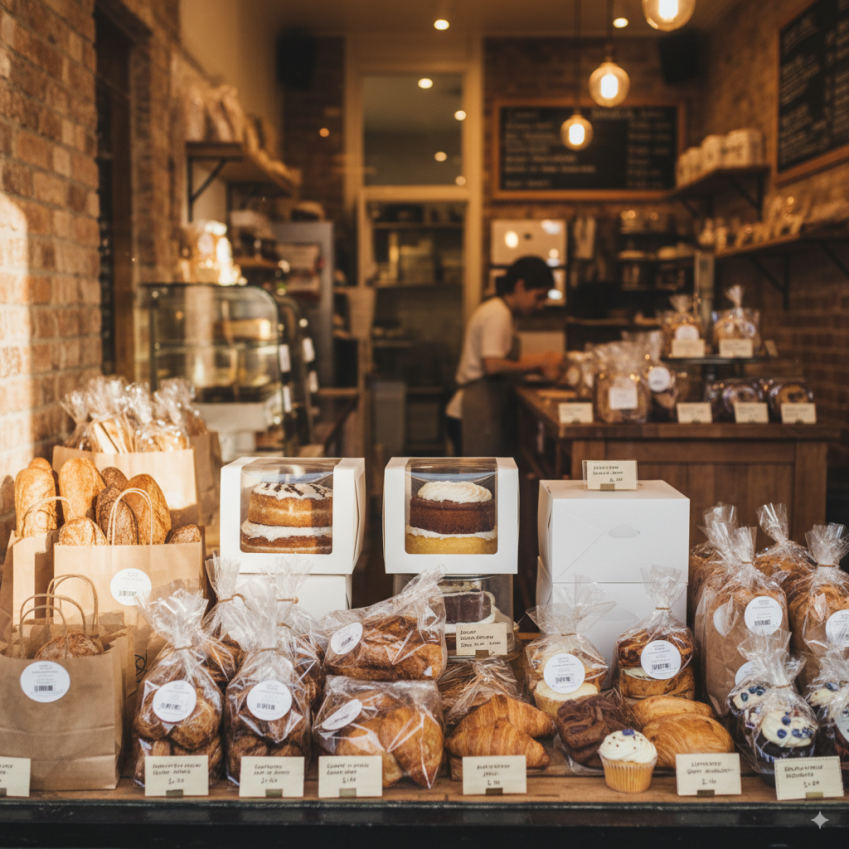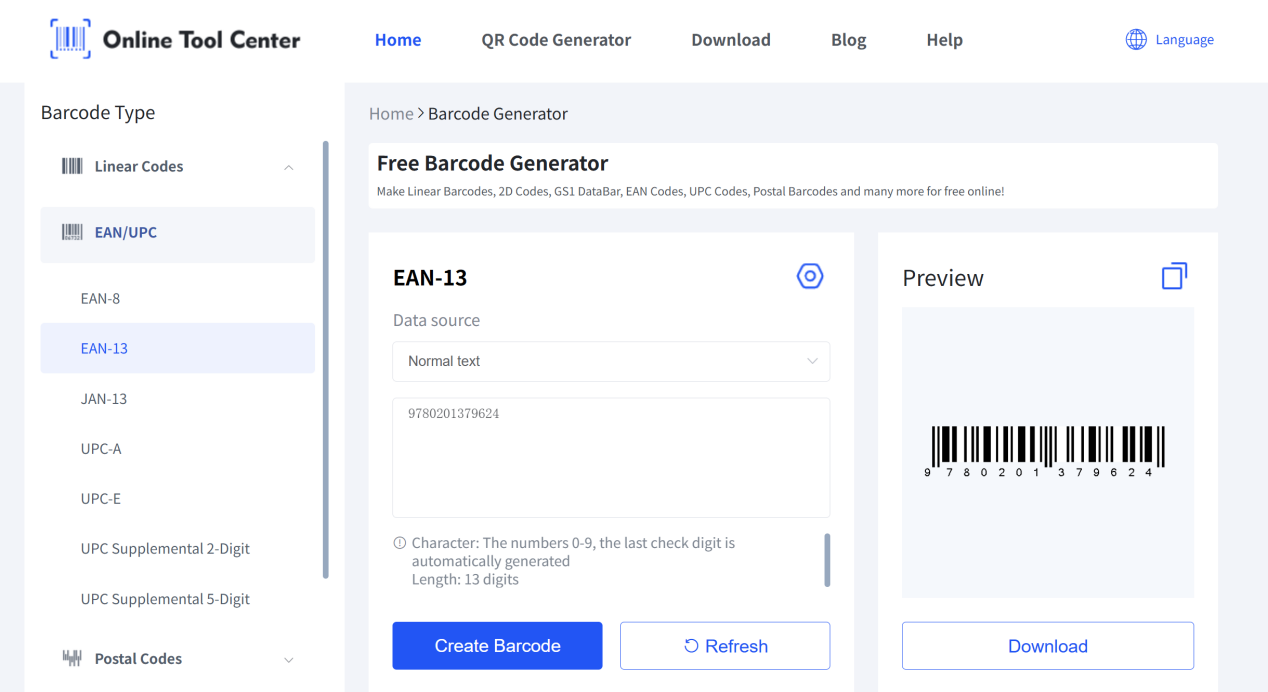

On a Reddit forum, beginners often ask: “How do I get a barcode for my product? Do I just go to GS1 and buy barcodes, or is there more I should know?” It’s a common question for anyone who needs barcodes—whether selling online, stocking retail shelves, or managing inventory.
This guide explains, step by step, how to obtain a barcode for your product, what your options are, and how to turn that number into a scannable image with our free barcode generator.

A product barcode is just a code shown as lines or squares so a scanner can read it. The code might be an official number like a UPC, or an internal code such as an SKU. Once you’ve got the code, you can make the barcode image in seconds with a generator.
Beginners often look for ways to get barcodes for their products, but the right approach depends on how the barcode will be used.

Selling on Amazon, Walmart, or putting products on store shelves? You’ll need more than a picture. Retailers and distributors want an official product number from GS1—known as a GTIN, UPC, or EAN. Once you have that number, you can drop it into a barcode generator and turn it into a scannable image for your packaging.

Not selling to retailers? Maybe you just need barcodes for 3PL stock control, warehouse bins, or labels in your own shop. In that case, you don’t have to go through GS1 at all. You can set up your own codes, use formats like Code 128 or Code 39, and generate the barcode images online in seconds.
Decide whether you need an official number for retail sales or just barcodes for internal use. Once that's clear, you can create the images in seconds with the right tool.

To sell your products through major marketplaces or big retail chains, you need an official barcode. A barcode isn’t just some black-and-white stripes you print out—it has to link back to a real product number from GS1. These numbers are called GTINs (Global Trade Item Numbers) and show up as UPCs in the US and Canada, or as EANs in most other regions.
Each product variant requires its own code. A red T-shirt and a blue T-shirt count as two products. Different sizes? They need their own barcodes too. Make a quick list so you don't run short later.
Buy a single GTIN (where available) or a company prefix if you have multiple products. Fees, membership options, and account tools vary by region (US, UK/EU, AU, IN, etc.).
Use the GS1 portal—or your own PIM system—to keep product details consistent, such as product name, brand, dimensions, and packaging. This ensures retailers and marketplaces can verify your GTINs correctly.
Once you have your GTIN or other product code, turn it into a scannable image with a barcode maker tool. Export the file in PNG, SVG, or JPG, then print it on your packaging or labels.
It’s easy to create barcodes for your products when you have the right tool. With our barcode generator, small businesses, online sellers, crafters, and others can quickly make barcode images online for free, including:

Start with the code you want to turn into a barcode. This could be a GTIN/UPC/EAN from GS1, or an internal code like an SKU or a location number.
Enter the code into the generator, choose the right symbology (UPC, EAN, Code 128, etc.), adjust settings such as color and size, and select the export format you need, like PNG or SVG.
Learn more: How to generating UPC labels?
Save the file and it's ready to print on your packaging or labels. It's best to use a professional barcode printer for your labels. If the print quality is poor, scanners may not read them, and that could stop your products from going live on major retail or e-commerce platforms.
Usually yes, if you're selling on big marketplaces like Amazon or Walmart. They want a valid UPC (or EAN) that matches GS1 records. Some categories allow exemptions, but most products need one.
UPC is 12 digits and mainly used in the US and Canada. EAN is 13 digits and used almost everywhere else. They both work the same way for scanning.
From your local GS1 office. GS1 is the official source worldwide, and every country has its own branch. You can find yours through the GS1 global website.
Yes, if it's just for internal use like warehouse tracking or shop labels. But if you plan to sell through retail or online marketplaces, you need official GS1 barcodes.
Individual retail products use UPC or EAN. Cartons and cases usually use ITF-14, which is designed for outer packaging and bulk handling.
Big enough to scan easily. For retail, GS1 suggests around 37.3 mm wide for a UPC, but it can be scaled a bit. Just don't shrink it too much or cut off the quiet zone (the blank space around it).
For official barcodes (GTIN/UPC/EAN): No. Once assigned, a GTIN is permanently tied to that product, even if you stop selling it.
Don't let barcodes hold you back—create yours online now and keep your products moving.
Don't let barcodes hold you back—create yours online now and keep your products moving.
Generate Your Barcode Now Send An Inquiry
Send An Inquiry
Please fill in your name,email and requirement